Policy Review and Revision
Creating safer, more respectful, and more equitable organizations is not a static effort. No policy is perfect, and research is always evolving. Therefore, organizations should regularly review whether protocols that seemed clear in theory are ambiguous in practice or whether well-intentioned guidelines have unanticipated risks or hurdles in implementation. Over time, your organization may experience staff turnover, alterations to physical structures, new technology or programming, or updated legal requirements, all of which should shape the evolution of your organization’s policy.
An annual review accounts for routine change and provides an opportunity to engage the larger community through surveys, focus groups, and listening sessions.



